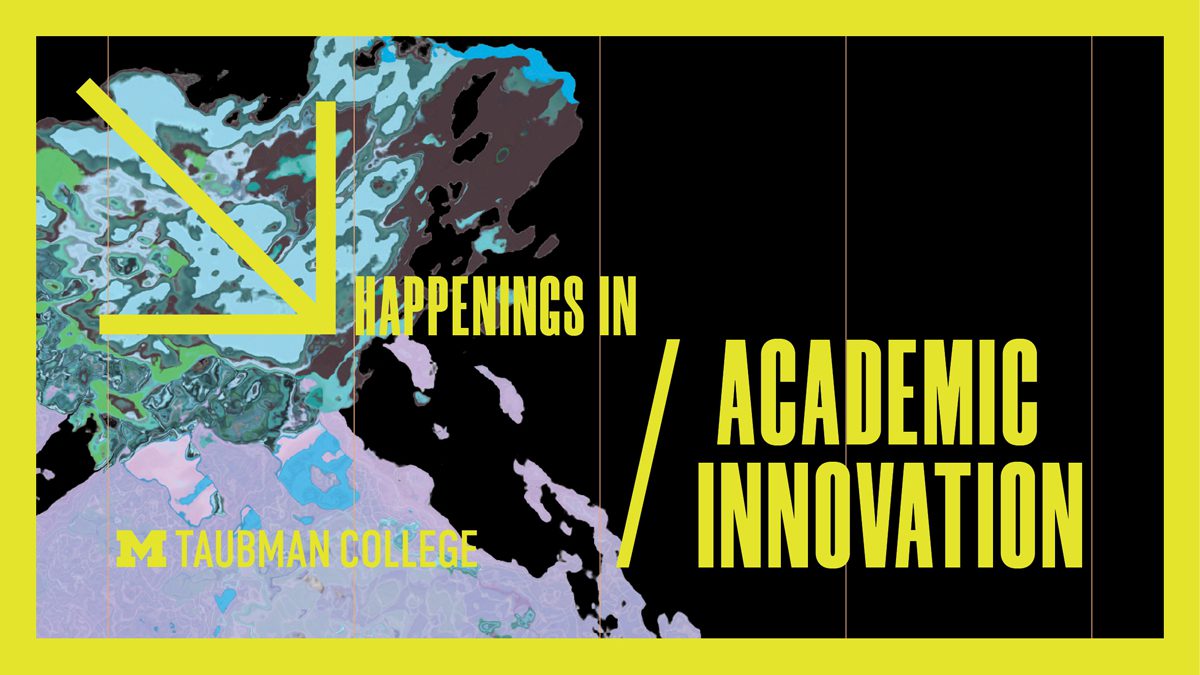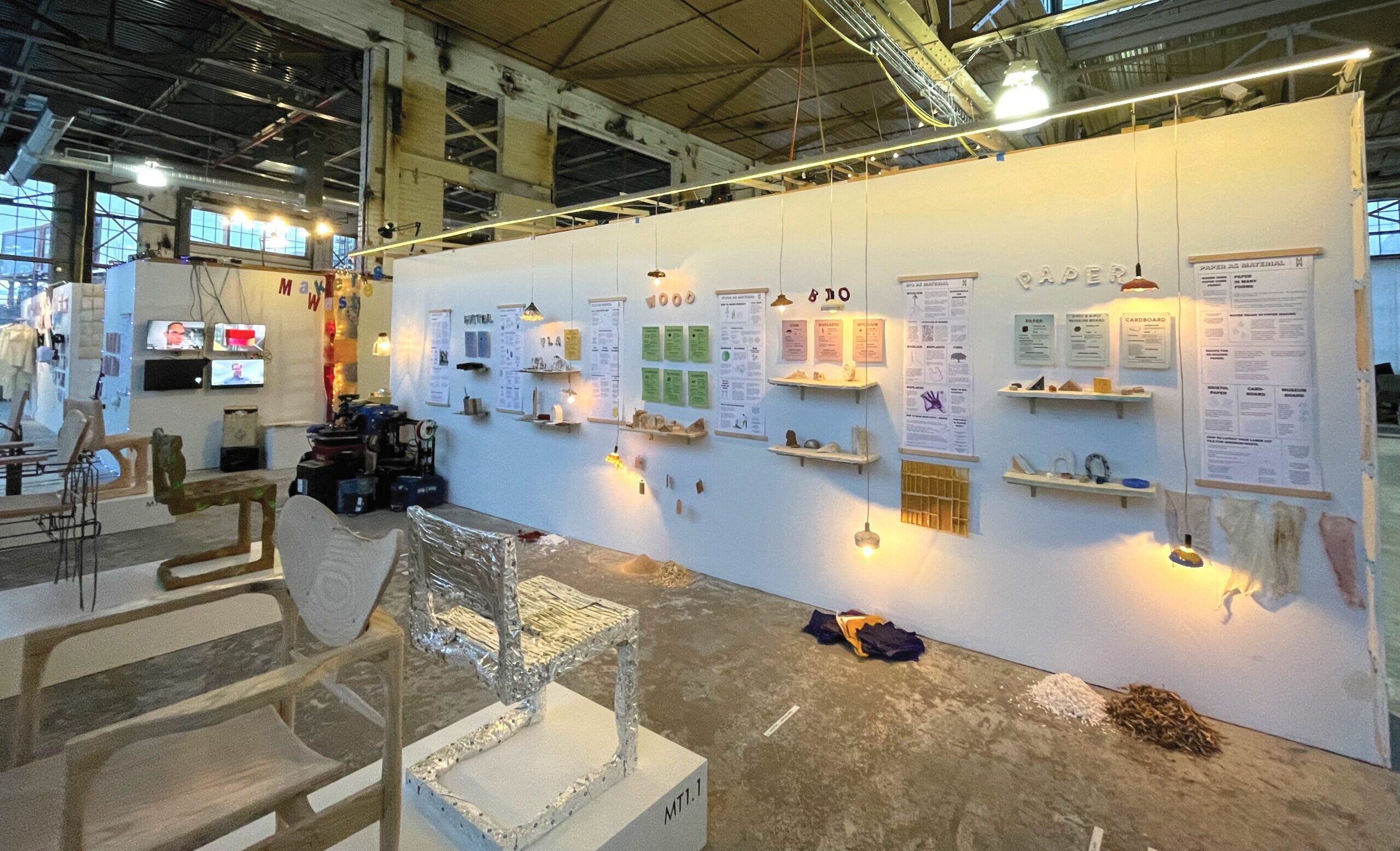Like all other higher education institutions, Taubman College was absorbed in planning for a very different type of academic year throughout the summer of 2020. Social distancing protocols and public health standards meant that many traditional teaching and learning methods were either impossible to maintain, or challenging to replicate in a hybrid or fully remote model. These challenges are amplified in design education, which relies heavily on collaborative, spontaneous, and interactive exchanges in studio and classroom environments. With the goal of maintaining the highest levels of academic excellence while advancing the conversation on what design education could look like in the pandemic and beyond, the college launched several grant programs, competitions, and cross-campus partnerships at the start of the summer.
Though each initiative had its own unique purpose and point of view, a unifying thread was the engagement and involvement of Taubman College students, and collectively, these programs demonstrate the deep-rooted commitment of Taubman College to incorporate students at all levels in the co-creation of their future curriculum and the tools of their education. In total, more than 120 Taubman students participated in one or more of these programs during the summer of 2020. The programs provided close to 25 percent of our student body with opportunities to add value to their college experience, invaluable professional and creative experiences, and an opportunity to work and build their portfolios in a challenging time for employment and travel.
The Spatializing Digital Pedagogies grant program is just one of the avenues students could take towards shaping new ways of learning and engagement, alongside programs like Studio Redux, Taubman Public Design Corps, and the Longo Competition. Spatializing Digital Pedagogies invited students, alongside faculty and staff, to suggest ways the college can make the hybrid educational experience more compelling, either through utilizing existing tools or methodologies in a unique way, or building something entirely new to address the needs of distance learning.
“Very often architects and architectural educators co-opt existing tools in order to satisfy needs or pressing issues, and what I was really excited about was seeing designers create the technological tools necessary to advance their work from a design lens,” said Anya Sirota, associate dean of academic initiatives.
One of the ten Spatializing Digital Technologies projects awarded funding is channel TWO (Taubman Workshop Online). Guided by faculty members Julia McMorrough and John McMorrough, the student team of Megan Clevenger M. Arch ’22, Alan Escareño M. Arch ’21, Nick Garcia M.Arch ’21, Tejashrii Shankar Raman, M. Arch ’21, and Danrui Xiang M. Arch ’21, sought to translate elements of Taubman College’s culture and student experience that would typically take place in the Art and Architecture building, to an on-screen format.
The first phase of channel TWO is a series of videos, created by the student team and targeted for incoming students and those who are new to a design school environment. These videos can also fill gaps for continuing students who are missing the daily in-person exchanges that take place throughout the college — in essence, helping to build a stronger sense of community and connection in the face of social distance. One set of videos, entitled “How to,” tackled discussions that would usually happen in a studio or classroom environment but are now happening online, such as “How to make a lot of study models” and “How to make your drawing come alive.”
“It was a fun exploration to represent the culture of our college and to rethink that under current circumstances. It challenged me to explain the basic concepts in architecture using visual and verbal language to those who are new to the discipline,” said Xiang.
Through channel TWO and other funded projects, Spatializing Digital Pedagogies directly engaged Taubman College students as essential members of the conversation on the intersection of design education and distance learning. Beyond that, said Sirota, “These exercises build the culture of place. They build collaboration networks between students, and they offer important opportunities for participation in public discourse.”
A new website showcases Taubman College’s recent initiatives, including student competitions. View it here.





